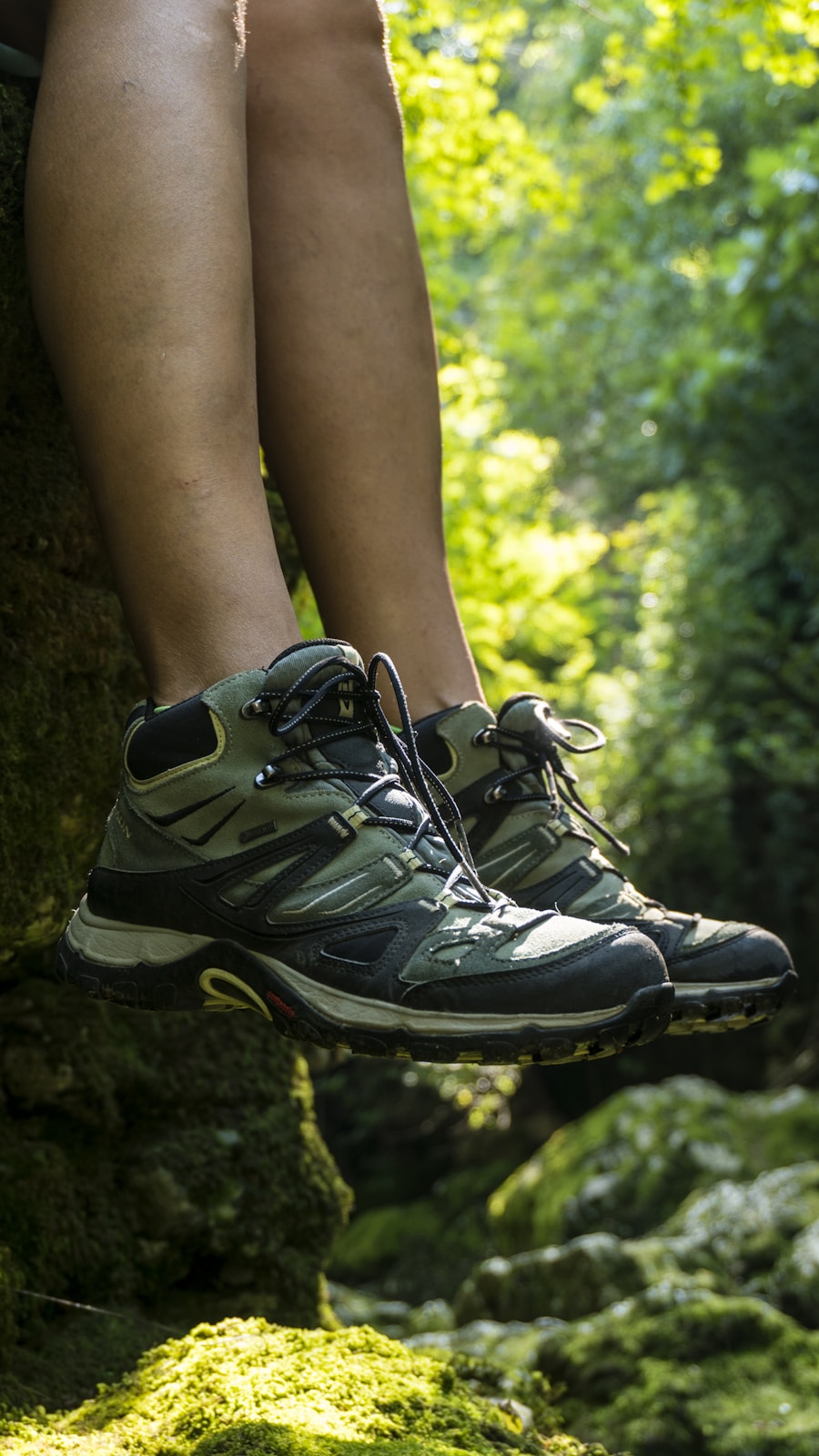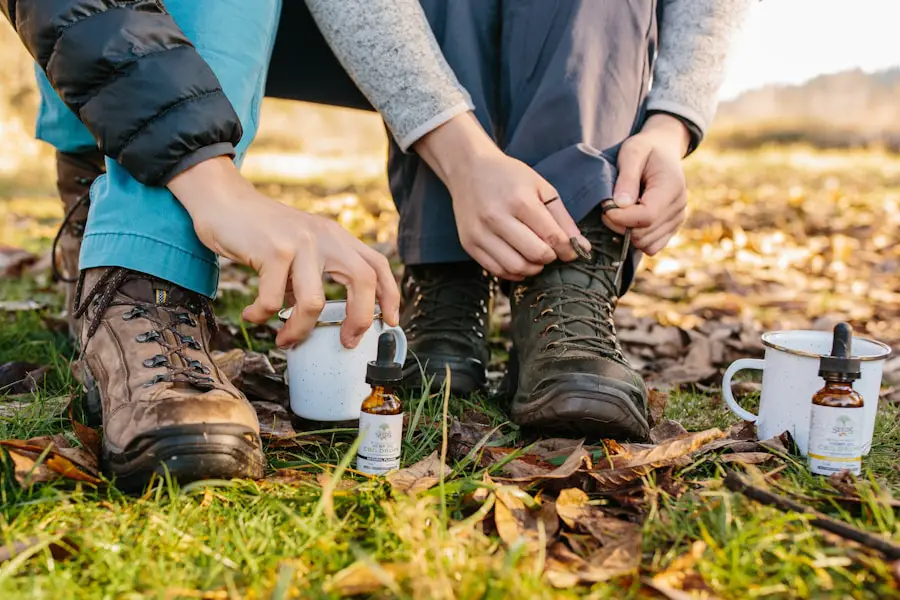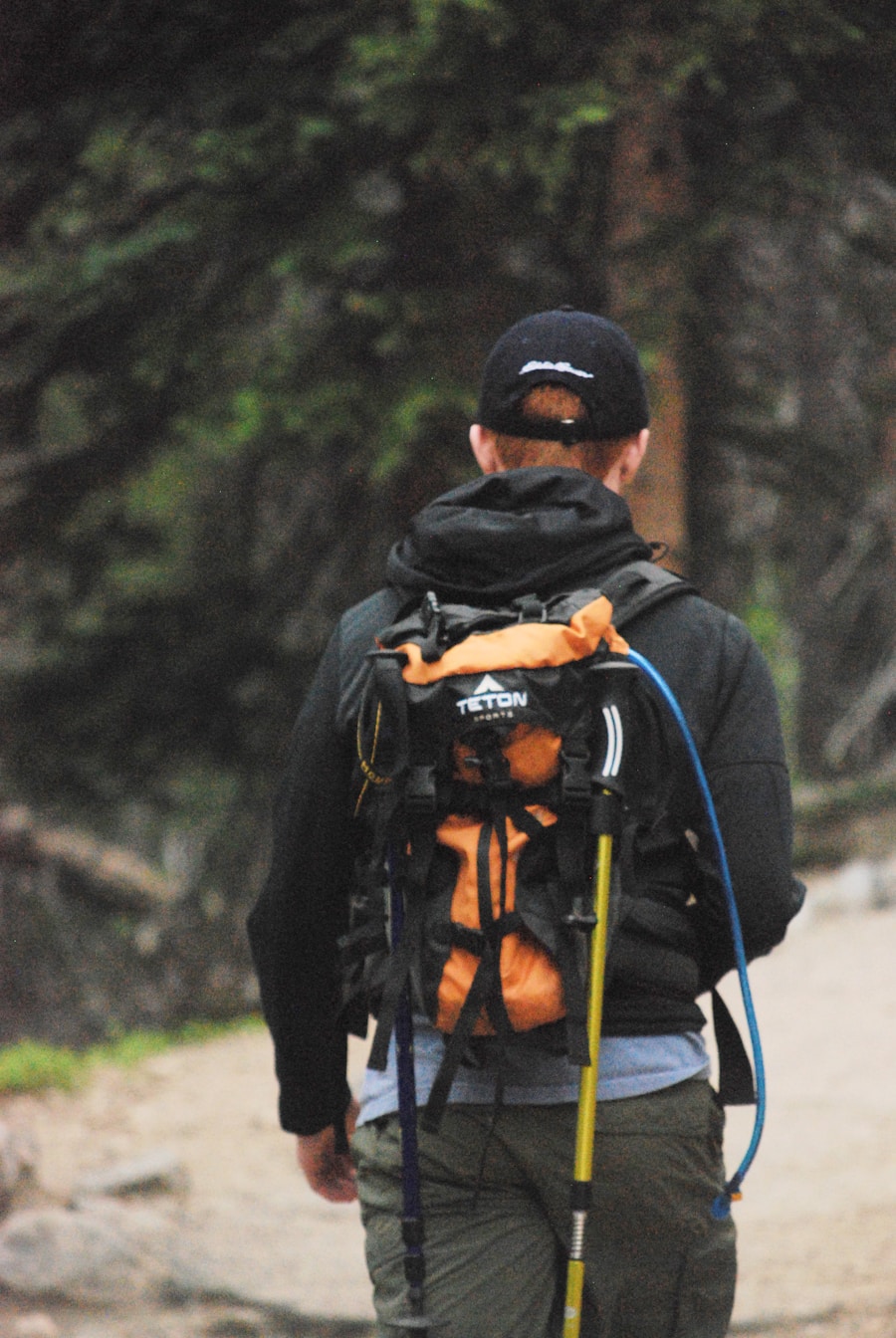Selecting the appropriate trail is a fundamental step in ensuring a successful hiking experience. The choice of trail can significantly influence not only the enjoyment of the hike but also the safety and overall experience. Factors such as difficulty level, length, terrain, and scenic value should be carefully considered.
For instance, a beginner hiker might opt for a well-marked, relatively flat trail that offers stunning views without the added challenge of steep inclines or rocky paths. Trails like the Appalachian Trail’s sections in Virginia or the easy loops around national parks often provide a perfect introduction to hiking, allowing newcomers to build confidence while enjoying nature. Conversely, seasoned hikers may seek out more challenging routes that test their endurance and skills.
Trails such as the Half Dome in Yosemite National Park or the Inca Trail to Machu Picchu offer not only physical challenges but also breathtaking vistas and unique ecosystems. It’s essential to research the trail beforehand, utilizing resources like guidebooks, online forums, and local hiking groups to gather insights about trail conditions, potential hazards, and seasonal considerations. Understanding the trail’s elevation gain and estimated time to complete can help hikers prepare mentally and physically for the journey ahead.
Key Takeaways
- Choose a trail that matches your fitness level and experience to ensure a safe and enjoyable hike.
- Pack essentials such as a map, first aid kit, extra clothing, and enough food and water for the duration of your hike.
- Check the weather forecast before heading out and be prepared for any changes in conditions.
- Wear appropriate gear for the terrain and weather, including sturdy footwear, sun protection, and layers for varying temperatures.
- Bring enough water and snacks to stay hydrated and fueled throughout your hike, and be mindful of leaving no trace.
Packing the Essentials
Once the trail has been chosen, packing the right essentials becomes paramount. A well-thought-out packing list can make the difference between a pleasant hike and a frustrating ordeal. At the core of this list should be items that ensure safety and comfort.
A sturdy backpack is essential for carrying gear, and it should be appropriately sized for the length of the hike. Inside, hikers should include a first-aid kit equipped with band-aids, antiseptic wipes, pain relievers, and any personal medications. Additionally, a multi-tool or knife can be invaluable for various tasks, from food preparation to emergency repairs.
Clothing is another critical component of packing. Layering is key; hikers should wear moisture-wicking base layers, insulating mid-layers, and waterproof outer layers to adapt to changing weather conditions. A hat and gloves may be necessary for colder climates, while sun protection in the form of sunglasses and sunscreen is vital for sunny days.
Furthermore, packing a map and compass or a GPS device can provide guidance in unfamiliar territory, ensuring that hikers remain oriented throughout their journey. The inclusion of a headlamp or flashlight is also wise, especially for those who may find themselves on the trail as daylight fades.
Checking the Weather

Before embarking on any hiking adventure, checking the weather forecast is crucial. Weather conditions can change rapidly in mountainous or remote areas, and being unprepared can lead to dangerous situations. A sunny morning can quickly turn into an afternoon thunderstorm, so it’s essential to stay informed about potential weather changes.
Utilizing reliable weather apps or websites can provide up-to-date information on temperature, precipitation chances, wind speeds, and severe weather alerts. In addition to checking forecasts, understanding how weather affects trail conditions is vital. For example, rain can make trails muddy and slippery, increasing the risk of falls or injuries.
Snow can obscure trails and create hazardous conditions for hikers who are not equipped with proper gear like crampons or snowshoes. Moreover, extreme temperatures—whether hot or cold—can pose health risks such as heat exhaustion or hypothermia. By being aware of these factors ahead of time, hikers can adjust their plans accordingly, choosing alternative routes or rescheduling their hike if necessary.
Wearing the Right Gear
| Activity | Percentage of injuries prevented by wearing the right gear |
|---|---|
| Cycling | 85% |
| Motorcycling | 37% |
| Skateboarding | 67% |
| Snowboarding | 80% |
The right gear can significantly enhance a hiker’s experience by providing comfort and protection against the elements. Footwear is perhaps one of the most critical components; investing in high-quality hiking boots or shoes that offer good ankle support and traction is essential for navigating various terrains. Ill-fitting shoes can lead to blisters and discomfort, detracting from the enjoyment of the hike.
It’s advisable to break in new footwear before hitting the trails to ensure they are comfortable over long distances. In addition to footwear, other gear such as trekking poles can provide stability on uneven ground and reduce strain on joints during steep descents. A well-fitted backpack with adjustable straps helps distribute weight evenly across the body, preventing fatigue during long hikes.
Furthermore, incorporating accessories like gaiters can protect against mud and debris while hiking through overgrown areas. Ultimately, selecting gear that suits both the specific trail conditions and personal preferences will contribute to a more enjoyable outdoor experience.
Bringing Enough Water and Snacks
Hydration is a critical aspect of hiking that should never be overlooked. The body loses fluids through sweat and exertion, especially during strenuous activities like hiking. Carrying an adequate supply of water is essential to prevent dehydration, which can lead to fatigue, dizziness, and impaired judgment.
A general guideline is to drink about half a liter of water per hour of moderate activity in moderate temperatures; however, this may vary based on individual needs and environmental conditions. In addition to water, packing nutritious snacks can help maintain energy levels throughout the hike. Foods high in carbohydrates and protein are ideal for sustaining energy; options like trail mix, energy bars, jerky, or fresh fruit are portable and easy to consume on the go.
It’s wise to pack more snacks than you think you’ll need—having extra food can be a morale booster if plans change or if you find yourself on a longer-than-expected trek. Balancing hydration with proper nutrition will ensure that hikers remain energized and focused on their surroundings rather than their fatigue.
Informing Someone of Your Plans

Before setting out on a hike, it is crucial to inform someone about your plans. This simple yet vital step enhances safety by ensuring that someone knows your intended route and expected return time. In case of an emergency or if you fail to return as scheduled, this information can be invaluable for search and rescue teams.
Providing details such as your destination, estimated duration of the hike, and any alternate routes you might take can help loved ones understand your plans better. In addition to informing friends or family members, consider registering with local park services if available. Many national parks have systems in place where hikers can sign in at trailheads; this allows park rangers to monitor visitor safety more effectively.
If you’re hiking in remote areas without cell service, leaving a detailed itinerary with someone who can act on it if necessary is even more critical. This proactive approach not only enhances personal safety but also fosters responsible hiking practices within the outdoor community.
Knowing Your Limits
Understanding personal limits is an essential aspect of hiking that cannot be overstated. Each hiker has different levels of fitness, experience, and comfort with various terrains; recognizing these factors can prevent accidents and ensure an enjoyable experience. It’s important to assess your physical condition honestly before embarking on a hike—consider factors such as recent activity levels, any existing injuries or health concerns, and overall stamina.
Choosing trails that match your skill level is equally important. If you’re new to hiking or haven’t been active for a while, starting with shorter trails that have less elevation gain will help build confidence without overwhelming you physically. As you gain experience and fitness over time, gradually increasing the difficulty of your hikes will allow you to enjoy more challenging routes safely.
Additionally, being willing to turn back if conditions become too difficult or if fatigue sets in is a sign of good judgment; it’s better to live to hike another day than to push beyond your limits recklessly.
Being Mindful of Wildlife and Nature
Hiking offers an incredible opportunity to connect with nature and observe wildlife in their natural habitats; however, it also comes with responsibilities that every hiker should embrace. Being mindful of wildlife means respecting their space and understanding how to interact safely with animals encountered along the trail. For instance, maintaining a safe distance from animals such as bears or moose is crucial; approaching them can provoke defensive behavior that may lead to dangerous encounters.
Additionally, hikers should adhere to Leave No Trace principles by minimizing their impact on natural environments. This includes staying on designated trails to prevent soil erosion and protecting native plants from trampling. Properly disposing of waste—whether it’s packing out trash or using designated restroom facilities—ensures that natural areas remain pristine for future visitors.
By fostering a respectful attitude toward wildlife and nature, hikers contribute positively to conservation efforts while enhancing their own outdoor experiences through meaningful connections with the environment around them.
If you’re planning a hiking trip, it’s important to make sure you have all the necessary gear. One essential item to consider is a reliable sleeping bag for backpacking travel. Check out this article on the best sleeping bags for backpacking travel to ensure you stay warm and comfortable during your outdoor adventures. Additionally, having the right luggage can make a big difference in your travel experience. Consider investing in one of these hardside carry-on luggage with spinner wheels to make transporting your gear easier. And if you enjoy fishing while hiking, don’t forget to pack a reliable travel fishing pole. Check out this article on the best travel fishing poles to find the perfect one for your next outdoor adventure.
Love travel? Join Our Facebook Community For More Tips.
FAQs
What should I wear for hiking?
It is important to wear moisture-wicking clothing, sturdy hiking boots, and layers to regulate body temperature. Additionally, a hat, sunglasses, and sunscreen are essential for sun protection.
What gear do I need for hiking?
Essential gear for hiking includes a backpack, water bottles or hydration system, navigation tools (map and compass or GPS), first aid kit, and a multi-tool or knife. Other useful items include a headlamp, trekking poles, and a whistle.
How should I prepare physically for a hike?
To prepare for a hike, it is important to engage in regular physical activity such as walking, hiking, or other forms of cardiovascular exercise. Strength training and flexibility exercises can also help prevent injuries on the trail.
What should I bring for food and hydration on a hike?
It is important to bring plenty of water or a hydration system, as well as high-energy snacks such as trail mix, energy bars, and fresh fruit. For longer hikes, pack a lunch with sandwiches, wraps, or other portable, high-protein foods.
How can I stay safe while hiking?
To stay safe while hiking, it is important to stay on marked trails, be aware of wildlife, and be prepared for changing weather conditions. Additionally, it is important to let someone know your hiking plans and expected return time.
